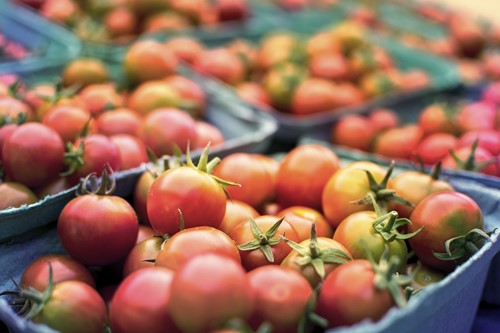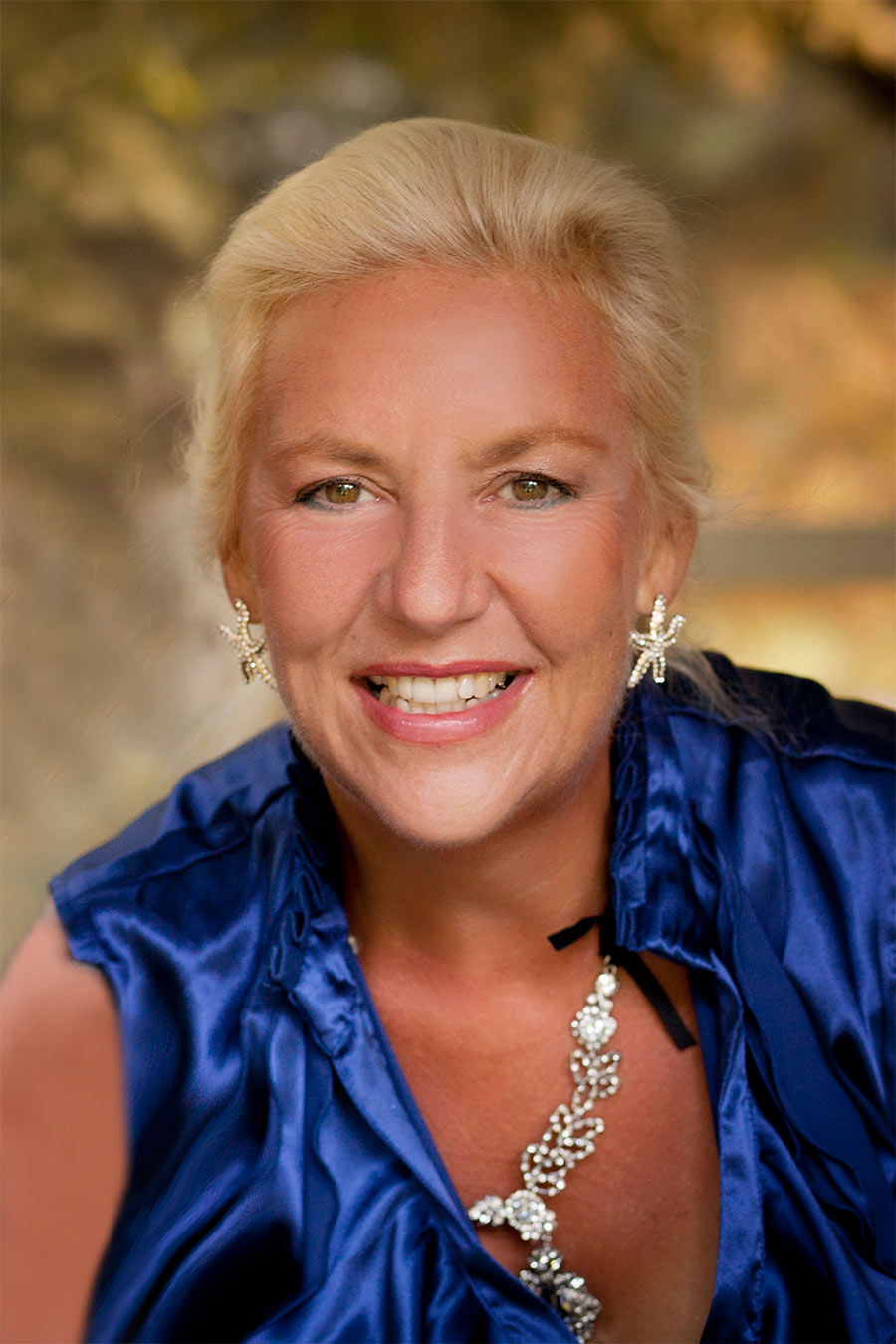
When choosing plants to grow in your garden, it’s crucial to know what will survive in your particular climate. Luckily, the United States Department of Agriculture developed a special map of numbered “zones” to help farmers and gardeners make the best choices. While you might have seen the term, it’s important to understand what they mean and how they can help you in your own gardening efforts.
What Are USDA Hardiness Zones?
The USDA hardiness zone system helps us to determine the optimal growing conditions for a type of plant. There are 11 different zones across the map of the contiguous United States and Southern Canada. The zones are based on average annual temperature (in Fahrenheit) and vary in size depending on the particular region. A higher zone number means a higher average temperature.
How Can This Info Help Me?
To use this information, the best place to begin is by identifying the zone you live in. Each zone is broken down by 10-degree differences with “A” and “B” sections to narrow the temperature down further.
To figure out your climate zone, you can consult the USDA map or use one of the search functions many online resources provide. Once you know your zone, you can look for plants and seeds that are recommended to grow in your area—and avoid those that are not. Your zone will tell you what will survive in your average annual temperature, so you know ahead of time that it’s worth the time and resources to plant.
It is possible to grow plants that are not labeled for your zone, but it’s difficult. Agricultural experts recommend beginners stick to their own zones unless they have a way of creating a “microclimate” at home, such as a greenhouse. For some plants, like edible crops, even if the plant can grow out of its recommended zone it might not produce the same quality or amount of fruit, vegetables or otherwise.
Other Things to Consider
While the USDA hardiness zones are standard practice in agriculture and gardening, it’s important to take other environmental factors into account. There is a competing system called the “sunset climate zone” system, which adds in more factors than temperature alone. Sunset zones include things like rainfall, wind, average humidity and extreme seasonal temperatures.
It is also worth noting that while accurate and trusted today, the last official version of the map is from 2012. Because of global shifts in average temperature and climate, the map might look a little different today. That said, there are occasional updates, but for everyday gardeners we can still consider the rough estimates accurate enough to help with planning a successful and healthy garden.
For more information, consulting local gardening or agriculture experts for additional advice is never a bad idea. After all, the USDA hardiness zone map is only a starting point and provides lots of room for experimentation. Research your plant choices carefully and you’ll be able to make the best informed decisions for your situation.
About the Author

Audrey L. D. Petschek
Hi, I'm Audrey L. D. Petschek , Broker, owner of Blue Horse Realty, LLC and I'd love to assist you!
I have over 20 years of experience, sales over 100 Million dollars and accolades in the Industry including:
"Best of the Best",
Top 1% out of 62,000 Agents Internationally,
8 xs Agent of the Month in a single year,
International President's Elite. (Top percentile for producers)
In addition, I have been named
10 BEST Real Estate Agent in Connecticut for Client Satisfaction for 2018, 2019, 2020.
I offer Blue Ribbon Service to all my clients!
I cover all of Fairfield County and into Litchfield and New Haven Counties and travel further for Equestrian properties and land acquisitions.
20 years on the Greenwich Board of Realtors, I also hold higher designations:
Certified Residential Specialist , CRS,
Accredited Buyer Representative, ABR,
Seller Representative Specialist, SRS,
Graduate of the Realtor Institute, GRI and
CHP, Certified Home Specialist.
Let me put my expertise and Blue Ribbon Service to work for you!
